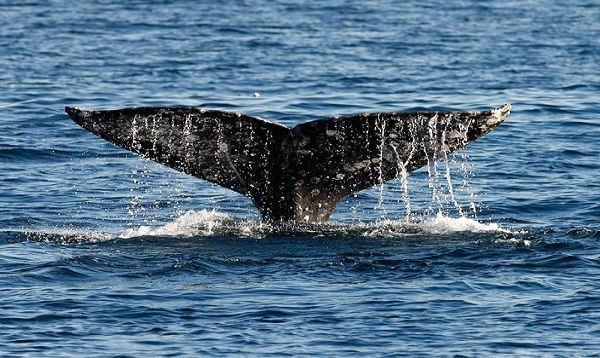Baja California Sur, Mexico - Gray whales have found a safe place to breed on Mexico's coast, where programs have been implemented to try to bring the marine mammals back from the brink of extinction.
The programs have led to annual increases in gray whale numbers on the coast of Baja California Sur state, where the marine mammals enter warm shallow waters at this time of year to mate and give birth to calves.
Researchers counted 1,321 gray whales - 729 adults and 592 calves - in the lagoons of the Vizcaino Biosphere Reserve, the protected area's director, Irma Gonzalez, told Efe. The reserve is managed by the National Protected Natural Areas Commission, or Conanp.
In 2009, there were only 62 whales in the area and only 20 were counted a year later, Gonzalez said. "The whales that mate here arrive after a year to have their calves. They stay three months, all winter, and teach the calves to survive for the journey that awaits them to the Bering Sea," Gonzalez said.
The whales swim south to the Baja California Peninsula and take shelter in the area's temperate waters. The El Vizcaino Whale Sanctuary and its two lagoons - Ojo de Liebre and San Ignacio - were declared UNESCO World Heritage Sites.
The whales travel more than 10,000 kilometers (6,213 miles) at a rate of 145 kilometers (90 miles) per day, undertaking the longest migratory journey of any mammal.



